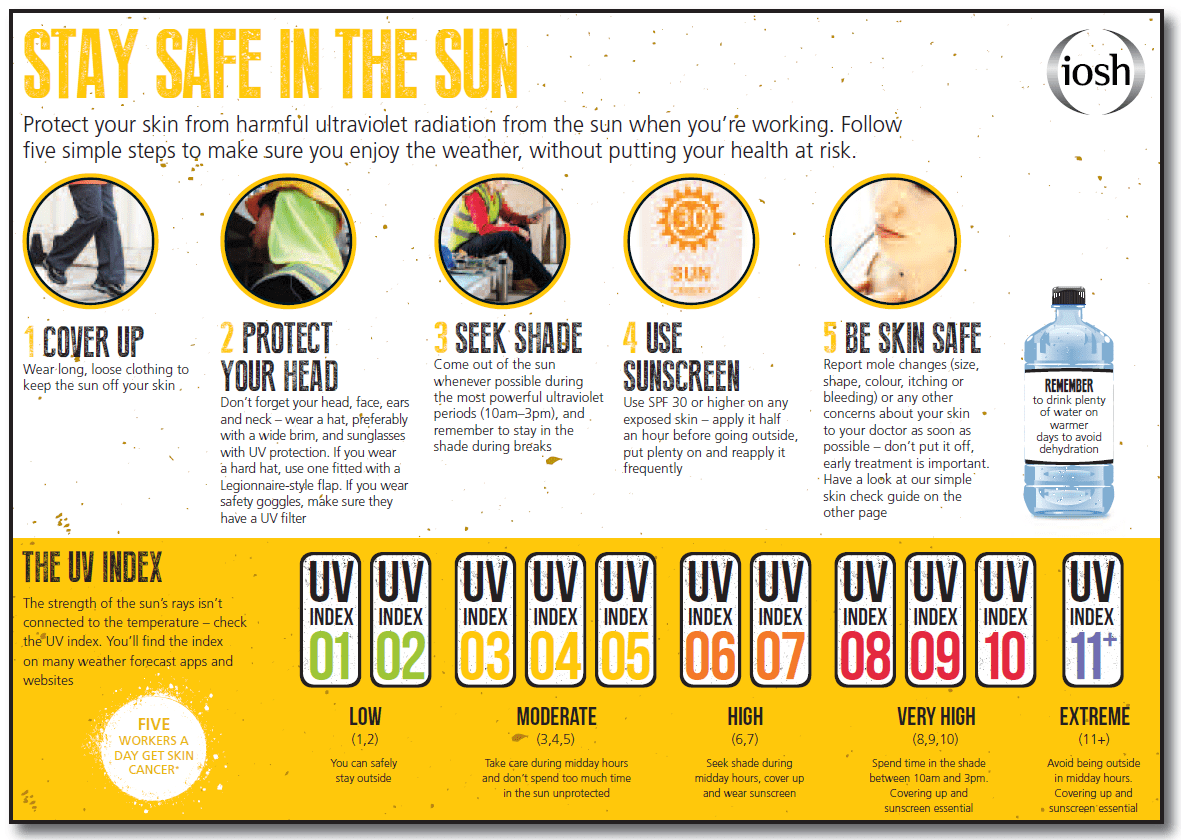The past month has been unusually wet at a time when we tend to see our wetter sites starting to dry out. We have had to continue our monitoring of sites and adapting to prevent any diffuse pollution incidents.
The wet weather also brings challenges to safety risks. In the past month two vehicles overturned, one in soft ground, and the other when it lost traction and control on wet grass. In the latter incident the vehicle was not on a recognised access track, but taking a more direct route from one area of work to the next. The occupants were fortunate to not be badly hurt, but the vehicle is a possible write-off. The incident would have been less likely to have occurred had the designated access tracks been used.
As we move into June the weather is warming, and we are seeing rising reports of tick bites as a result. We need to also be aware of the strong UV levels and the need to control the risk of sun burn and heat exhaustion.
Whatever the weather does, and it seems to be becoming more unpredictable and extreme, we must review, adapt and control the resultant risks.
Remember:
- Look at the weather forecast for your area so you are forewarned of any potential problems.
- Keep conditions on site under review, and adapt controls to suit.
- Ensure machinery is suitable to work in the prevailing conditions.
- Stop work if conditions mean the environmental, safety or health risks cannot be reduced to an acceptable level.




